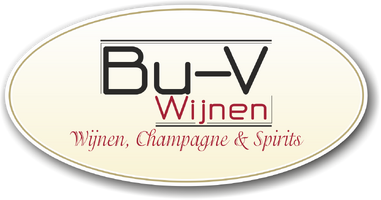Adega de Borba - Cork Label - Reserva - red - 2022 - 75cl
| Quantity | Price per item | Discount |
| 6 items | €16,25 | 8% off |
Adega de Borba - Cork Label - Reserva - red - 2022 - 75cl
| Price in our shop 1bt: € 16,85 6bt: € 15,45/bt |
Using grapes from the most typical varieties of the Alentejo, produced in the Borba sub-region, the Rótulo Cortiça wine was produced, a true ex-libris of Adega de Borba. Coming from old vines, the grapes underwent strict control over the evolution of ripening, after being harvested in small quantities. In the cellar, after destemming and gently crushing the grapes, alcoholic fermentation began, which lasted about 10-15 days at a controlled temperature of 24ºC, for better extraction of the fruity aromas and flavors of the grapes. To increase the polyphenolic complexity, tannins and structure of the wine, it remained in barrels in a maceration process after fermentation. Malolactic fermentation then took place in stainless steel containers. To improve and enhance its organoleptic characteristics, the wine was aged for 12 months in barrels of the third and fourth years, Clear appearance, defined ruby red color with red nuance. Fine and elegant aroma, reminiscent of black fruit, jam and white chocolate. Soft taste, with light astringency, balanced, with ripe fruit, soft but structured tannins, with elegance in the aftertaste. Founded in 1955, the Adega de Borba's roots go back even further to a time when Portugal was not yet considered a kingdom. Vineyards have been present in the Alentejo for more than 3,000 years. From the 18th century, wine production flourished in Borba, contributing to strong economic and social growth in the region. Since then, several events have marked the wine-growing sector: some positive, such as the introduction of more modern production techniques, and others negative, namely the devastation caused by the Restoration War and the Napoleonic invasions. Regardless of these changes, the importance of Borba's vineyards has never diminished and has always been the region's most important agricultural crop. At that time, production was already spread in small traditional wineries, with amphorae, occupying part of the numerous houses scattered throughout the villages and hamlets. This was the reality when, on April 24, 1955, a group of producers dissatisfied with market conditions, controlled at the time by "middlemen", in terms of prices and margins, and aware of the need to gain scale and critical mass to invest in new technologies and strong commercial brands, decided to come together to create the Adega Cooperativa de Borba.

